Home>Articles>How Far Apart Should Fence Post Be For Woven Wire
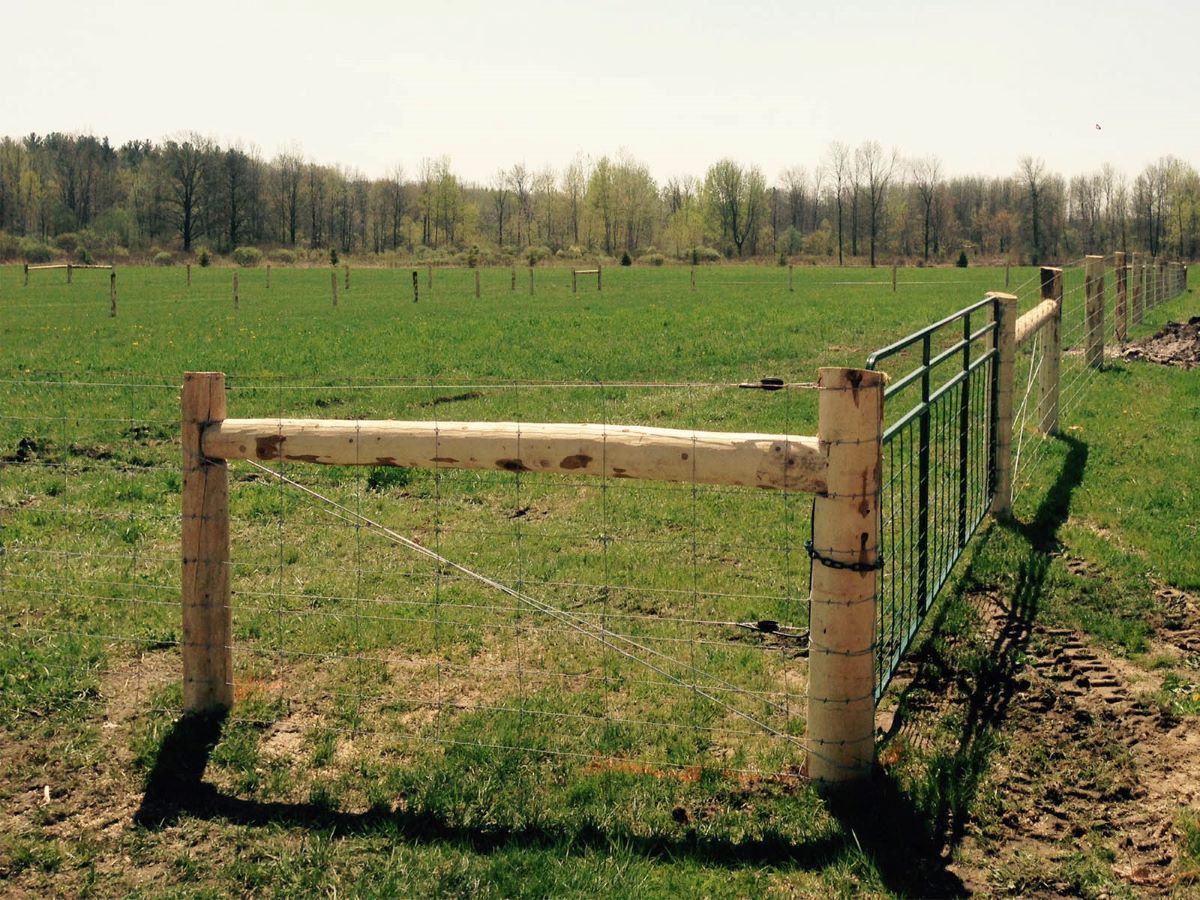

Articles
How Far Apart Should Fence Post Be For Woven Wire
Modified: August 17, 2024
Learn the ideal spacing for fence posts in woven wire installations. Our articles provide expert tips and guidance for optimal results.
(Many of the links in this article redirect to a specific reviewed product. Your purchase of these products through affiliate links helps to generate commission for Storables.com, at no extra cost. Learn more)
Introduction
When it comes to installing a woven wire fence, one of the key factors to consider is the spacing between your fence posts. The correct spacing between fence posts ensures the structural integrity of your fence and provides proper support to the woven wire, preventing sagging and other issues down the line.
Choosing the right spacing for fence posts depends on a variety of factors, including the type of woven wire, the terrain of your property, and the purpose of the fence. In this article, we will explore the factors to consider and provide recommendations for the ideal spacing between fence posts for woven wire fences.
By understanding these considerations and following the recommended guidelines, you can ensure that your woven wire fence stands strong for years to come.
Key Takeaways:
- Proper spacing between fence posts for woven wire fences is crucial for structural integrity and longevity. Factors like wire type, terrain, and purpose of the fence should be considered to determine the ideal post spacing.
- Consulting with a fencing professional can provide tailored advice on post spacing and other installation considerations. Factors such as wire tension, gate placement, and corner bracing play a crucial role in fine-tuning post spacing decisions.
Read more: How Far Apart Are Chain Link Fence Posts
Factors to Consider
Before determining the spacing between fence posts for your woven wire fence, there are several factors that you should take into account. These factors will help you make an informed decision and ensure that your fence is effective and durable.
Type of Woven Wire
The type of woven wire you choose for your fence will influence the spacing between fence posts. Different types of woven wire have varying strengths and require different levels of support. For instance, heavier gauge wire generally requires closer spacing between posts to prevent sagging.
Terrain
The terrain of your property is another crucial factor to consider. If your property has uneven or hilly terrain, you may need to adjust the spacing between fence posts accordingly. In areas with steep slopes, closer post spacing will provide better stability and prevent the fence from leaning or falling.
Purpose of the Fence
The purpose of your woven wire fence will also play a role in determining the spacing between posts. If the fence is primarily used to contain livestock, tighter spacing may be required to prevent animals from squeezing through or pushing against the fence. On the other hand, if the fence is for decorative purposes or to mark your property boundaries, wider spacing may be acceptable.
Expected Load or Pressure
Consider the potential load or pressure that the fence will be subjected to. If you anticipate heavy loads, such as livestock leaning on the fence, closer post spacing is advisable to provide adequate support. Likewise, if your area experiences strong winds or heavy snowfall, closer post spacing can help prevent damage and maintain the fence’s stability.
Local Regulations
It’s essential to familiarize yourself with any local regulations or codes regarding fence construction. Some areas may have specific requirements for post spacing, and failing to comply with these regulations can result in penalties or extra expenses. Check with your local authorities or consult with a professional to ensure that your fence meets all necessary guidelines.
By considering these factors, you can make an informed decision about the spacing between fence posts for your woven wire fence, ensuring optimal functionality and longevity.
Recommended Spacing
While the specific spacing between fence posts may vary depending on the factors mentioned earlier, there are some general guidelines that can help you determine the ideal spacing for your woven wire fence.
Typical Post Spacing
For most woven wire fences, a common recommendation is to space your fence posts approximately 8 to 10 feet apart. This spacing provides a good balance between stability and cost-efficiency. However, it’s important to note that this is a general guideline and may need adjustment based on your specific circumstances.
Read more: How Far Apart Should Bookshelves Be
Increased Post Spacing
In some cases, where the terrain is flat and the wire gauge is heavier, you may be able to increase the spacing between fence posts. This can help reduce material and labor costs. However, it’s essential to ensure that the wire itself is strong enough to span the increased distance without sagging or losing its structural integrity.
Decreased Post Spacing
If you have uneven terrain or anticipate heavier loads on your fence, you may need to decrease the spacing between fence posts. Closer post spacing will provide more support and prevent the fence from leaning or sagging. This is particularly important if the fence will be used to contain livestock or withstand strong winds.
Professional Advice
While these recommendations can serve as a starting point, it’s always a good idea to consult with a fencing professional or seek expert advice specific to your situation. They can evaluate your unique circumstances and provide tailored recommendations for post spacing based on the factors mentioned earlier.
Remember, the spacing between fence posts is a critical aspect of building a sturdy and durable woven wire fence. Taking the time to plan and choose the appropriate spacing will ensure that your fence not only fulfills its intended purpose but also lasts for years to come.
Factors to Consider When Choosing Fence Post Spacing
When deciding on the spacing between fence posts for your woven wire fence, there are a few additional factors to keep in mind. These considerations will help you fine-tune your decision and ensure the optimal performance of your fence.
Read more: How To Build A Wire Fence With T-Posts
Wire Tension
Proper wire tension is crucial for the stability and longevity of a woven wire fence. When determining post spacing, consider the tension required for the specific type of wire you are using. Some wire materials, such as high-tensile wire, may require greater tension and thus closer spacing to maintain their strength and prevent sagging or drooping.
Gate Placement
Take into account the location of gates within your fence line. Gates often require additional support to handle the constant opening and closing. Therefore, it’s a good idea to place additional fence posts near gate areas to ensure adequate stability and prevent gate sagging over time.
Corner Bracing
Corner bracing is essential for the structural integrity of a woven wire fence. The corner posts, along with the accompanying bracing, help support the tension and weight of the fence line. Consider closer post spacing at corners to provide extra stability and ensure that the fence remains sturdy, especially when faced with external forces or loads.
Line Posts vs. End Posts
Different types of fence posts serve different purposes, and their spacing can vary accordingly. Line posts are the primary supports for the woven wire between corners and gates. These posts are usually spaced evenly along the fence line. End posts, on the other hand, are located at the start and end of the fence line, and serve as anchors for the wire. They may require closer spacing to provide adequate stability and prevent sagging.
Read more: How To Attach Wire Fence To Wood Post
Maintenance and Accessibility
Consider the accessibility and ease of maintenance when determining your post spacing. Closer post spacing can make it easier to repair or replace individual sections of wire if needed. It also allows for better tension adjustments and ensures easier upkeep of your fence in the long run.
Keep in mind that these factors may vary depending on your specific circumstances and the type of woven wire fence you are installing. It’s always advisable to consult with a fencing professional who can assess your unique situation and provide tailored advice on post spacing and other installation considerations.
Conclusion
Choosing the right spacing between fence posts for your woven wire fence is crucial to ensure its structural integrity and longevity. By considering factors such as the type of woven wire, the terrain, the intended purpose of the fence, and expected loads, you can determine the appropriate post spacing that will meet your specific needs.
Following recommended guidelines, such as spacing posts approximately 8 to 10 feet apart, can provide a good starting point. However, it’s important to adjust this spacing based on factors unique to your property and fence requirements. Considerations such as wire tension, gate placement, corner bracing, and the distinction between line posts and end posts will help you fine-tune your post spacing decisions.
When in doubt, seeking the advice of a fencing professional can provide invaluable insight and expertise. They can evaluate your specific situation, taking into account factors such as wire type, terrain, and other considerations, to provide personalized recommendations for the ideal post spacing.
Remember, a well-designed and properly installed woven wire fence will not only enhance the aesthetics of your property but also provide the necessary functionality and durability. Taking the time to plan and select the appropriate post spacing will contribute to the overall effectiveness and longevity of your fence.
Whether you’re installing a woven wire fence for agricultural purposes, to enclose livestock, or for decorative purposes, proper post spacing is essential. By considering all the factors, seeking professional advice, and following recommended guidelines, you can construct a sturdy and reliable woven wire fence that will stand the test of time.
Frequently Asked Questions about How Far Apart Should Fence Post Be For Woven Wire
Was this page helpful?
At Storables.com, we guarantee accurate and reliable information. Our content, validated by Expert Board Contributors, is crafted following stringent Editorial Policies. We're committed to providing you with well-researched, expert-backed insights for all your informational needs.
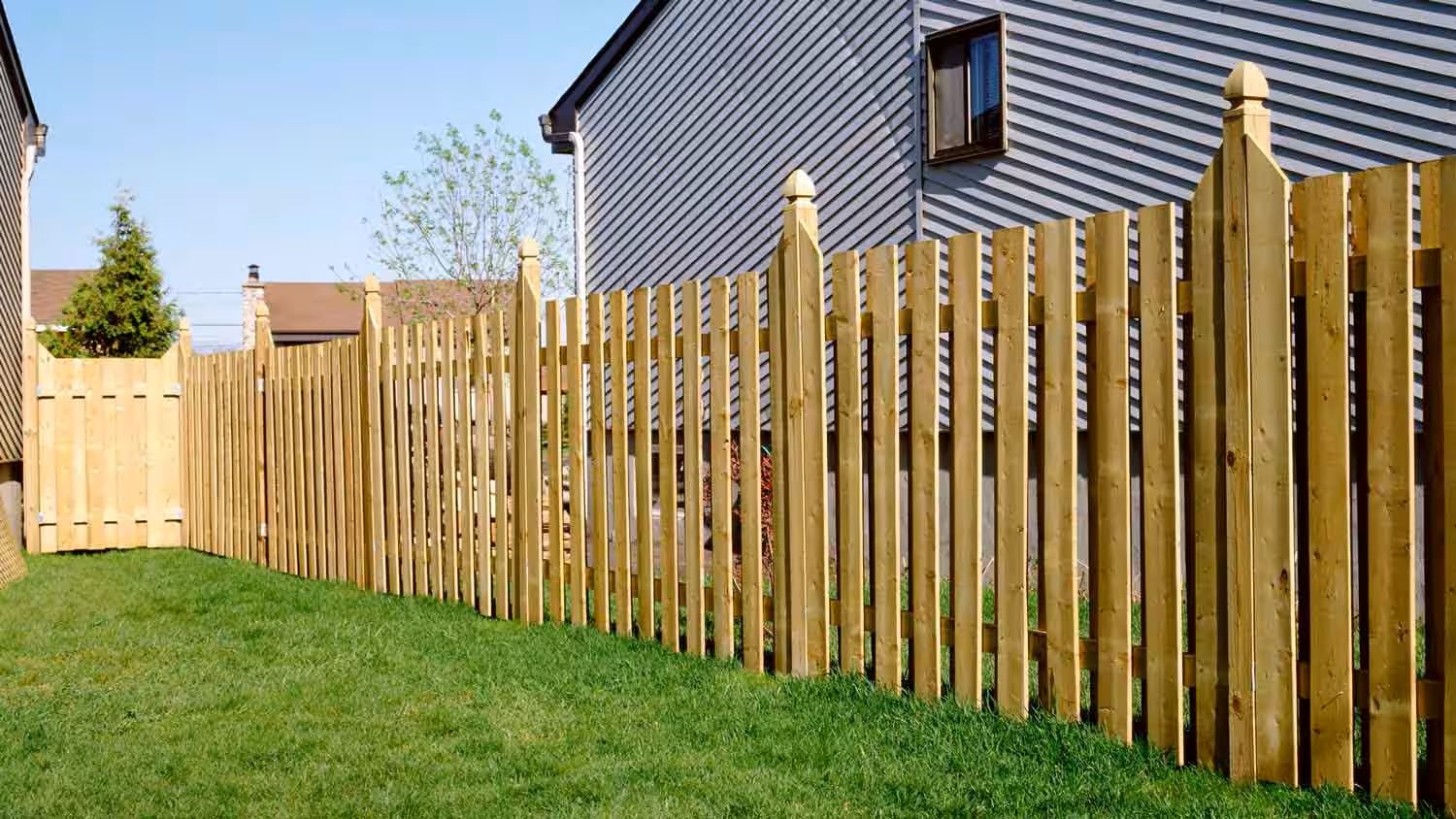
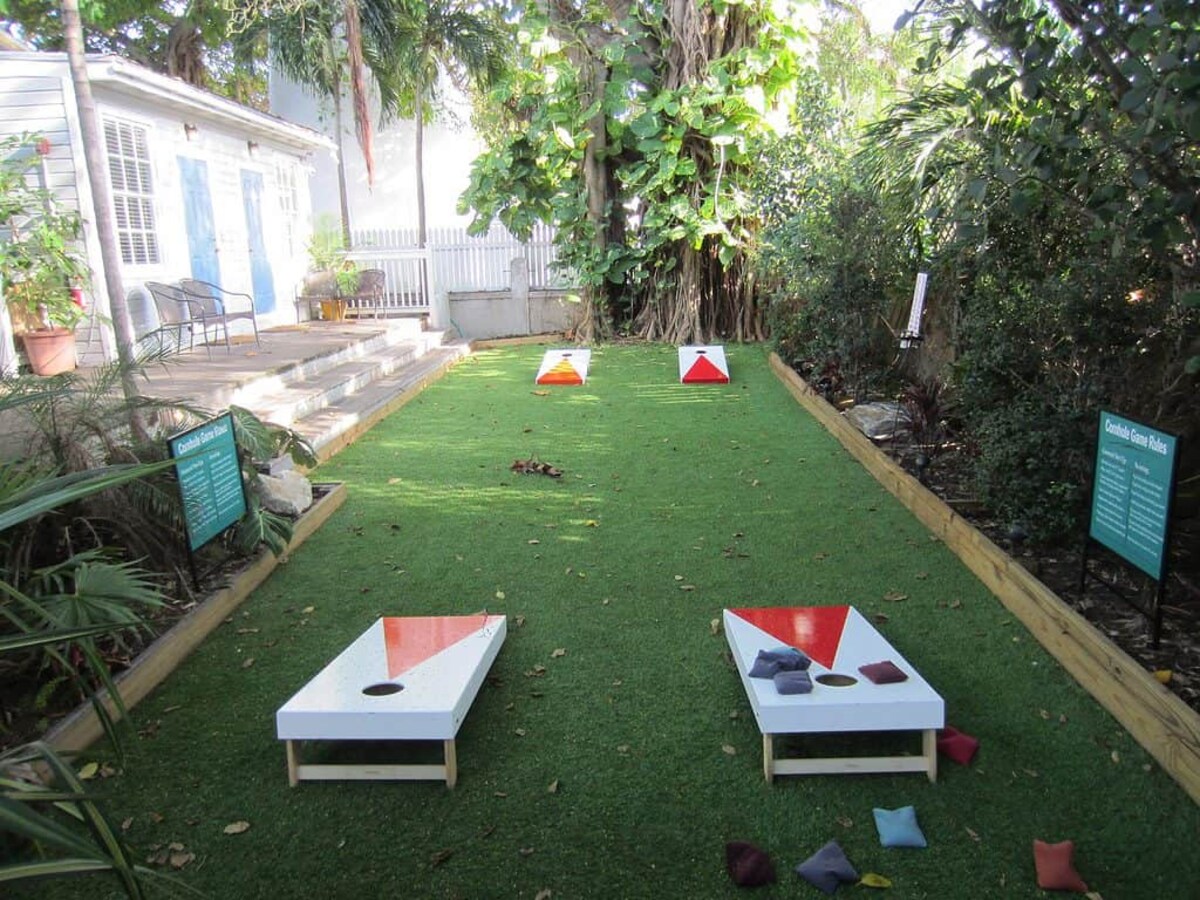
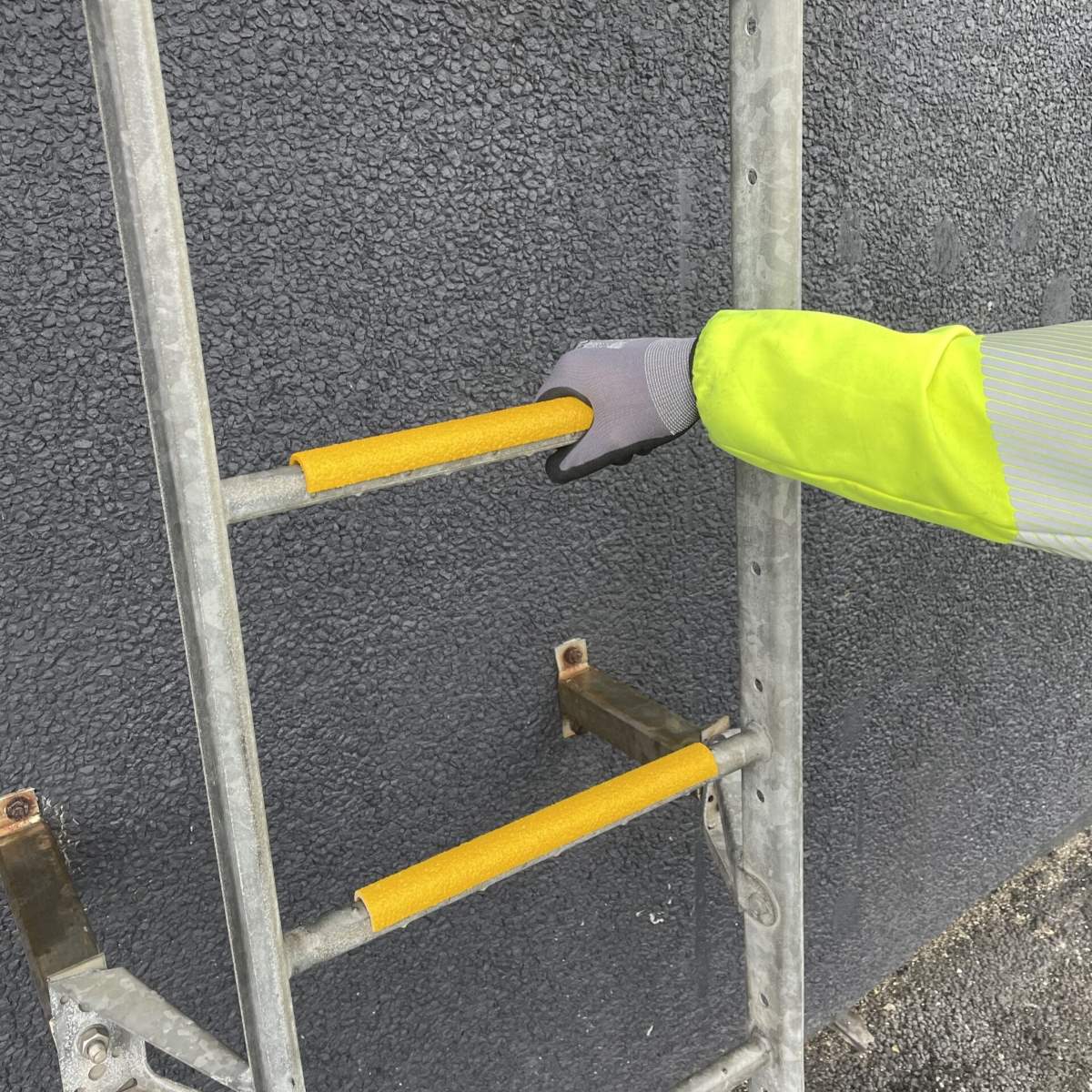
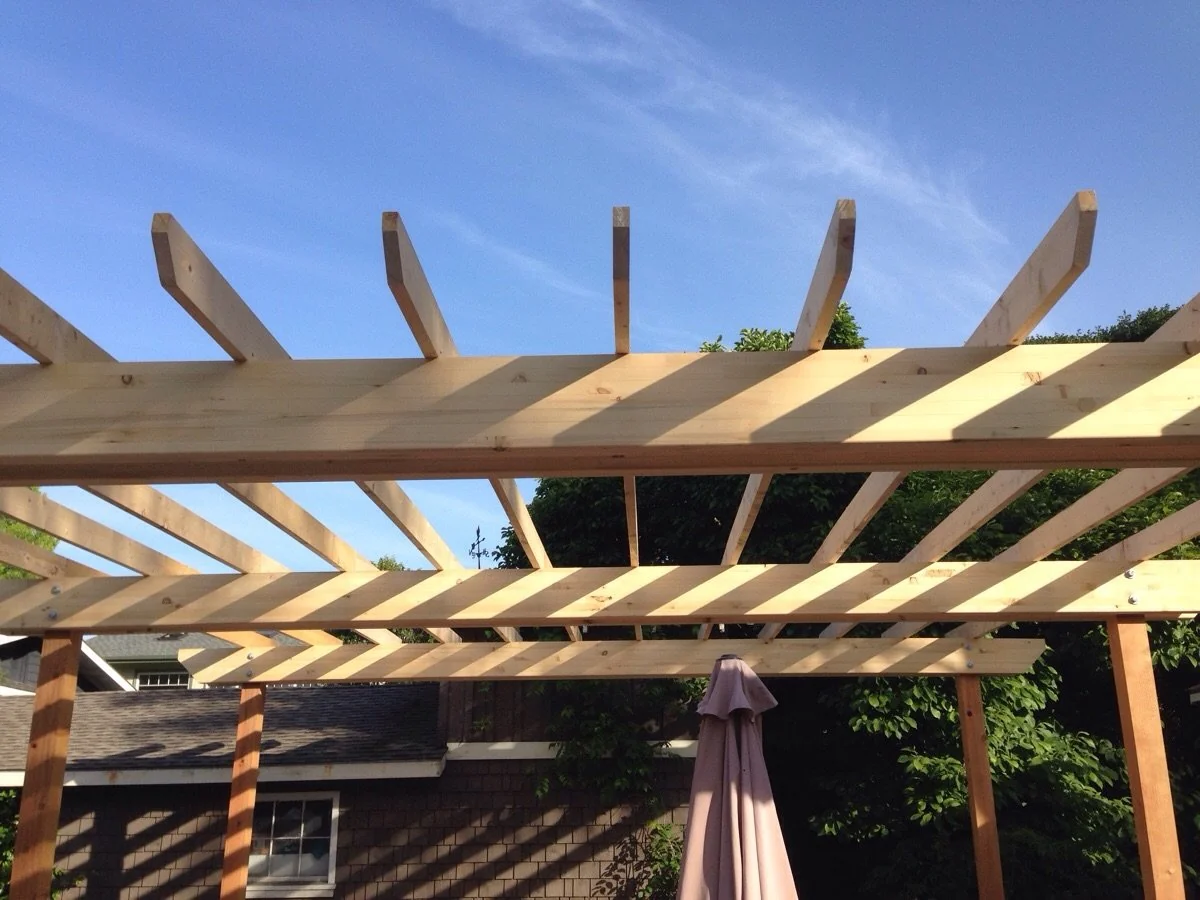




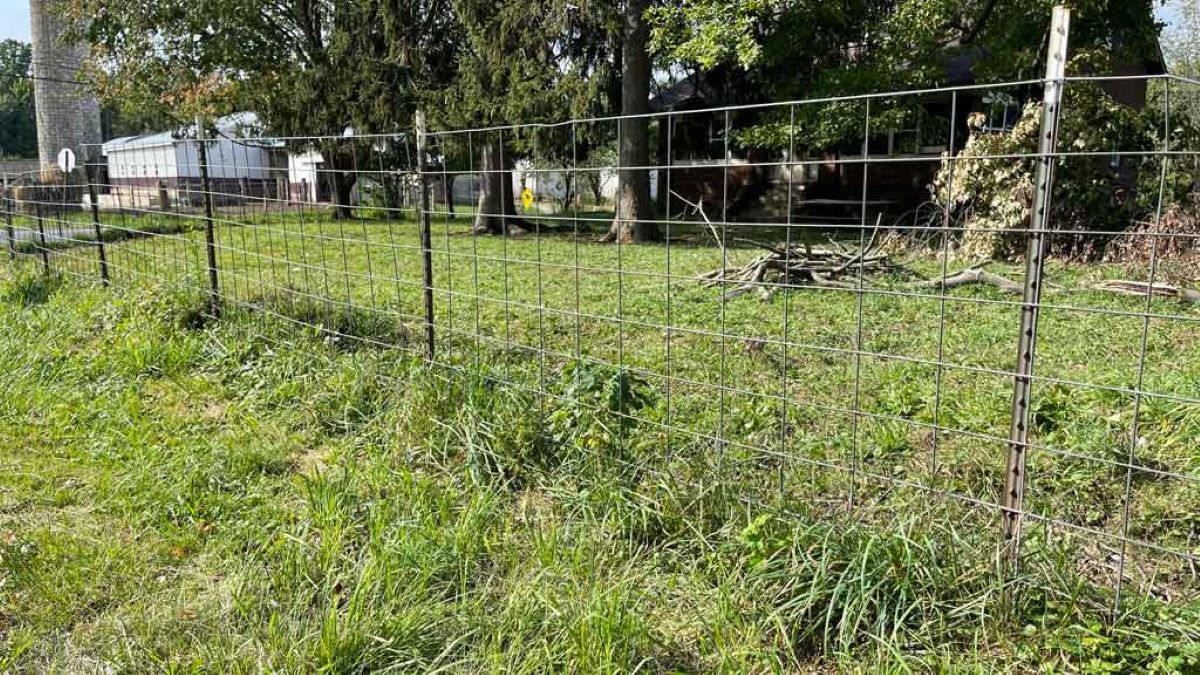
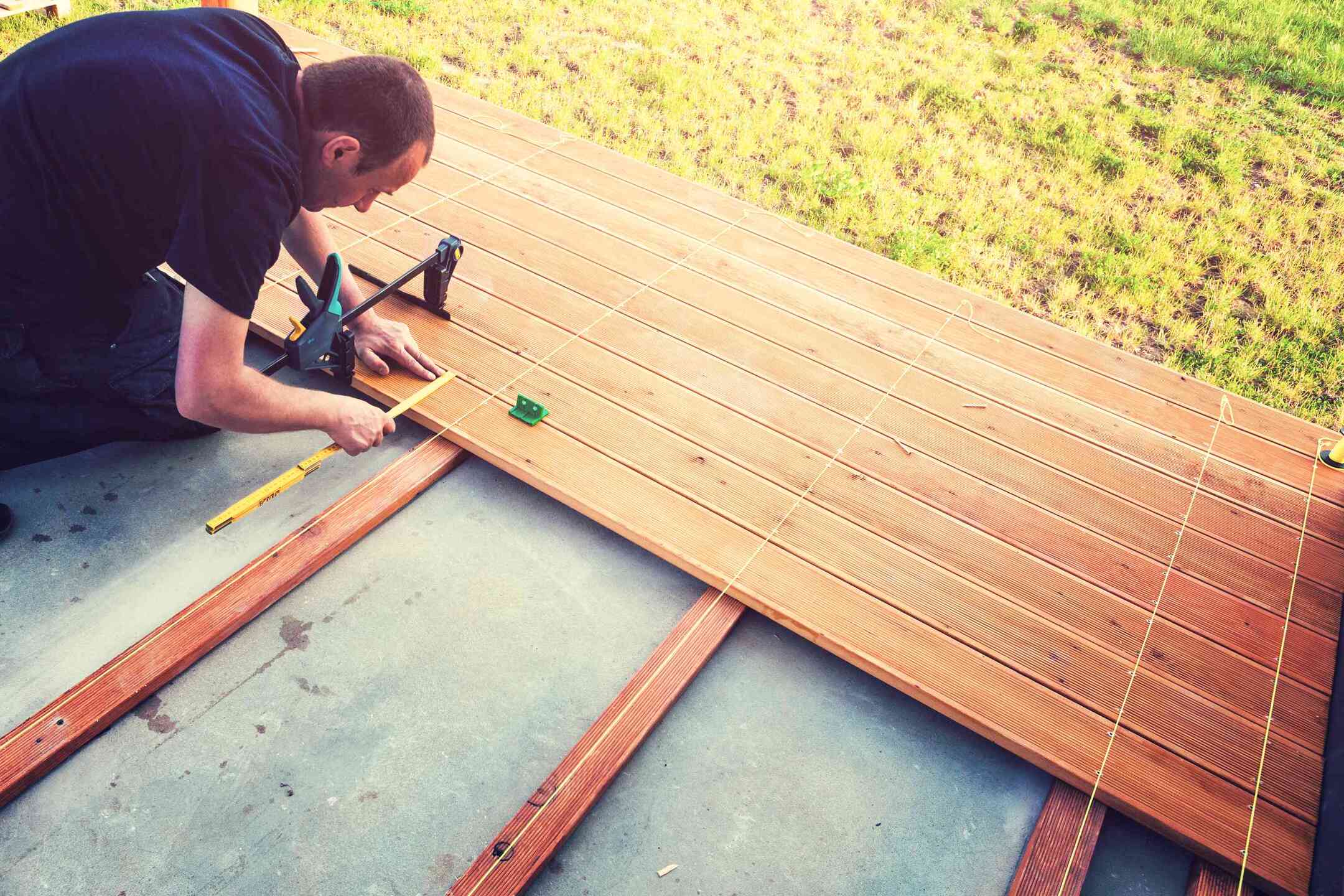
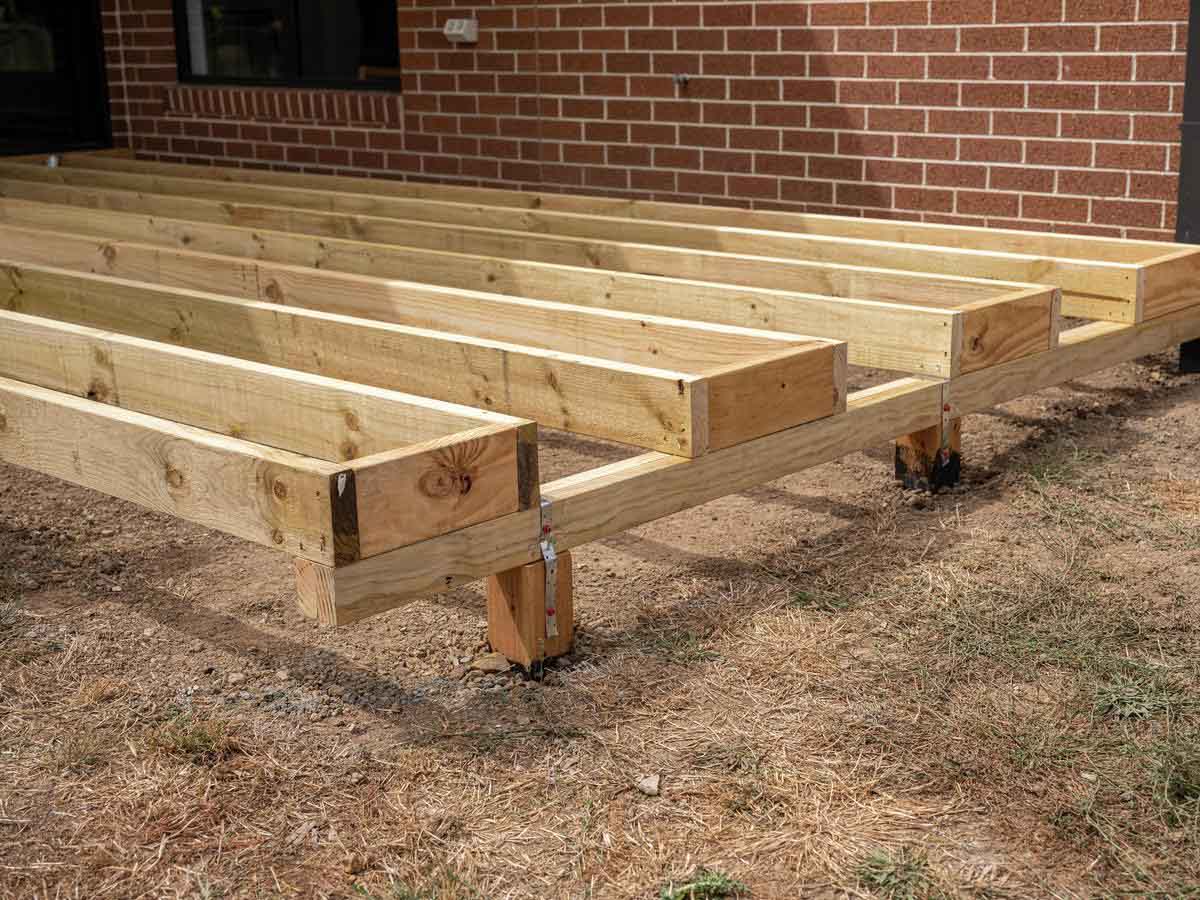

0 thoughts on “How Far Apart Should Fence Post Be For Woven Wire”